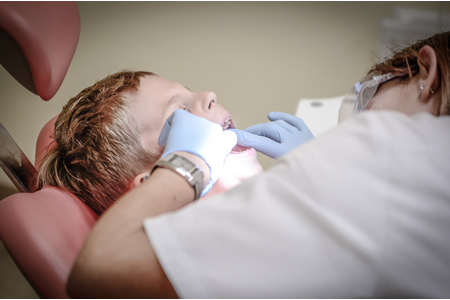We always take care of your smile


Orthodontics, an important branch of dentistry, applies treatments that ensure the teeth are correctly and functionally positioned on the jawbone. It is mostly recognized for the treatment commonly referred to as braces, which help the teeth move to their proper positions.
Orthodontic applications can be carried out in many different ways. The duration of the treatment, determined according to the structure of the teeth and the scope of the procedure, may vary from patient to patient.

Braces Applications
Orthodontic treatment, commonly referred to as braces, is performed using brackets attached to the front or back surfaces of the teeth and wires threaded through these brackets. The duration and scope of the treatment are determined by the specialist according to the patient’s condition.
There are different materials that can be used in braces applications. These include metal brackets, ceramic brackets, and clear aligners.
There are many alternatives for metal brackets. The most prominent among these are ceramic brackets and lingual brackets.
Ceramic brackets are frequently preferred because they are almost the same color as the teeth. They are especially used on the front surface of teeth for aesthetic purposes. Ceramic brackets are equivalent to metal brackets in terms of durability and performance. When choosing brackets, the focus is more on the performance rather than just how they look on the tooth surface. However, for front-surface applications, adult patients often prefer ceramic brackets on the front teeth that are visible when smiling.
Brackets applied to the back surface of the teeth are called lingual brackets. Also known as “hidden braces,” this treatment allows patients to receive the necessary orthodontic care without affecting their outward appearance. However, the patient’s condition must be suitable and the doctor must recommend this treatment for it to be applied. In lingual bracket applications, the brackets are positioned on the back of the teeth, so the tongue is more likely to come into contact with the brackets while speaking. Therefore, patients may feel discomfort at the beginning of the treatment.
Removable Orthodontic Treatments
Removable orthodontic treatments allow teeth to move into their correct positions without the use of traditional braces. Methods such as clear aligners enable the treatment to be applied during specific hours of the day and allow the aligner to be removed when desired.
Unlike fixed braces, removable treatments are not attached to the tooth surface, making them easy to put on and take off. These treatments also prevent any aesthetic concerns, helping maintain the patient’s outward appearance.
Clear aligners are custom-made for each patient and are typically replaced approximately every 15 days from the beginning to the end of the treatment. Each aligner allows the teeth to move a certain amount and acts as a preparatory stage for the next aligner. Depending on the patient’s condition, it is recommended to wear the aligners for around 20 hours per day.
Orthodontic Treatment Stages
Patients undergoing orthodontic treatment go through several stages from the beginning to the end of the treatment.
Initial Examination
The most important step in orthodontic treatment is the initial examination. At this stage, the doctor examines the patient’s dental structure and condition in detail. Even if two patients seem to have the same issue, their treatments can be very different. The treatment duration and method are determined individually for each patient.
Diagnosis
The diagnosis stage involves determining the treatment methods and types based on the patient’s condition. Measurements, imaging, and modeling performed during the initial examination are considered to decide the necessary applications for achieving the patient’s ideal dental structure. The most suitable treatment type is selected for the patient.
Preparation
At this stage, any necessary treatments that need to be completed before starting orthodontic treatment are carried out. Procedures such as fillings, gum treatments, and cleanings should be completed before orthodontic applications.
Active Treatment
The active treatment phase begins with the application of the orthodontic treatment. The process starts with the placement of braces or clear aligners and continues until they are removed with the approval of the specialist. During this period, the doctor performs check-ups at intervals determined (usually every 4–6 weeks) and makes necessary adjustments.
Retention Phase (Post-Treatment Applications)
The retention phase covers the applications performed after the active treatment is completed. After orthodontic treatment, teeth may move back to their previous positions. Retention treatments prevent this movement and help maintain a healthy dental structure.
For information on orthodontic treatment pricing and any questions, you can contact us via email at ozlem@dentamar.com.tr or by phone/WhatsApp at 0216 411 16 86 / 0533 302 77 78.
We always take care of your smile
+90533 302 77 78
Dentamar Oral and Dental Health Polyclinic Services © 2025 | All Rights Reserved. Crow Digital Agency